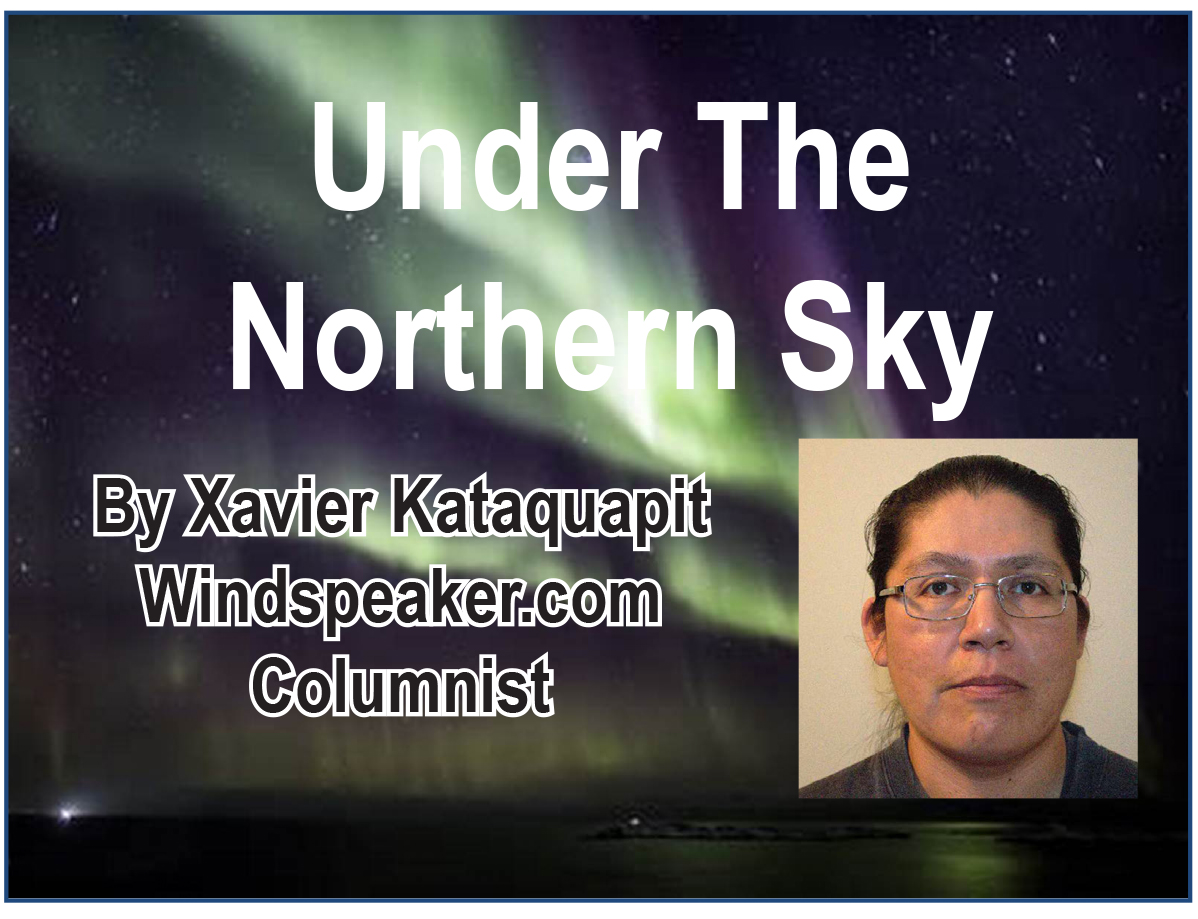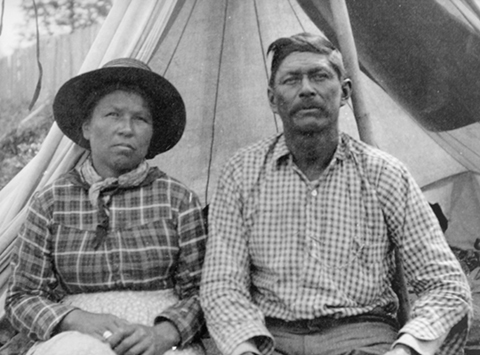
By Xavier Kataquapit
We have proof that when governments work together good things can happen and that was demonstrated in Matachewan First Nation when the community announced the recent settlement of a Treaty Land Entitlement (TLE) claim.
The announcement was made on May 25 by Chief Alex ‘Sonny’ Batisse of Matachewan First Nation, along with Will Bouma, parliamentary assistant to the Ontario minister of Indigenous Affairs on behalf of the Minister Greg Rickford, and by Gary Anandasangaree, Canada’s minister of Crown–Indigenous Relations.
This TLE was formed under Treaty #9, also known as the James Bay Treaty, which the community originally signed onto in 1906.
This was a TLE process that was started more than a decade ago in 2012, but has a long history. The path to this TLE was blazed by many Matachewan First Nations chiefs and councils, as well as the driving force of the Wabun Tribal Council and the hard work of its former executive director Shawn Batise and current director Jason Batise.
Over the years in interviews with Chief Sonny Batise, I was impressed at his relentless push forward with making this TLE a reality. It was through the work of so many people with the First Nation, the Wabun Tribal Council and officials with the provincial and federal governments that this was achieved.
As Chief Batisse put it “It is with great honour and pride to our ancestors and our future generations to come that we have been able to right a historic wrong against the citizens of Matachewan First Nation through the settlement of our treaty land entitlement claim.”
This agreement has had several developments leading up to this recent announcement. In 2019, Canada provided approximately $16 million in compensation and a provision for the First Nation to seek to add at least 4,572 acres to the reserve. Now through this recent agreement, Ontario will provide the Matachewan First Nation with $590,000 in compensation and 5,027.7 acres of provincial Crown land, which may be added to the Nation’s reserve. The benefits to Matachewan First Nation are obvious in that the community can now develop all kinds of initiatives that will serve its goal of self sufficiency.
The TLE process aims to remedy circumstances where First Nations did not receive the amount of reserve land promised to them. When Treaty #9 was established and Matachewan First Nation leaders signed onto to this new treaty, the community did not receive all the land that it was entitled to.

It is historically significant that Chief Michel Batise signed on to the treaty with the hopes that future generations would receive a fair and just deal. In fact, historic Chief Batisse is the ancestor of many Matachewan First Nation members and leaders who have all been involved in working towards this TLE.
There are many instances from the past where treaties were signed with the government without the full understanding or acknowledgement of how Indigenous people lived or organized themselves. At the time of the signing of Treaty #9 in 1905 and 1906, European government representatives did not fully understand that the Ojibway, Cree and Oji-Cree of northern Ontario lived a nomadic lifestyle that covered vast amounts of territory.
In my own family is now based in Attawapiskat First Nation on the James Bay coast, but my mother’s people are from the Nawashi River further north and my father’s ancestors originated along the Attawapiskat River. All the families I know in my home community trace their heritage to the major rivers north of Attawapiskat, including Lake River, Opinigau River, Swan River and Ekwan River in the north. There are also families that lived far inland to the fringes of the Ojibways in the west, south all the way to the Albany River and east onto James Bay on Akamiski Island.
A little-known fact about Attawapiskat is that our modern community is only a small portion of our original First Nation lands. The majority of our actual treaty lands are located about 140 km inland on the banks of the Ekwan River northwest of our community.
Matachewan First Nation is no different. They have a complex and varied history with the land. I have interviewed several of their Elders over the years, including Barney Batise,
Marie Boucher, Mario Batisse, Vina Hendrix and George Jobson, who described how their families freely roamed the lakes, rivers and trapping areas far from the modern identified community today.
This TLE is significant because it will allow Matachewan First Nation to grow and prosper by developing the new land that has been added to their community. This change is not really considered new to the people of Matachewan First Nation as the land they have officially gained has always been considered part of their territory.
I think Chief Alex ‘Sonny’ Batisse said it best when he stated, “We want to recognize and honour our past leadership, who began this journey to bring forth justice and reconciliation, and acknowledge all parties that have made this possible, including our Elders, ancestors, and leadership (past and present), our citizens, and members of our negotiating team who have worked diligently in their commitment to finalizing the TLE settlement."
